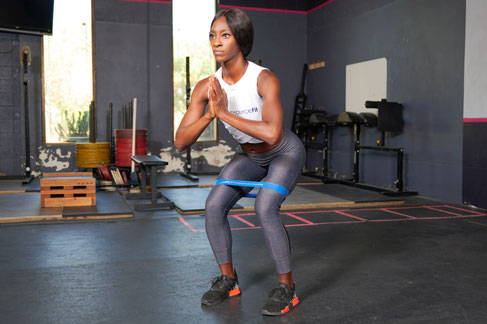On average, latex resistance bands can last for a few years before they need to be replaced, but only when they’re properly maintained. Maintenance includes proper cleaning and storage. The average lifespan also depends on how much use they get and if they’re used by multiple people.
This guide will walk you through proper resistance band care to extend the life of your resistance bands so they last for the maximum time.

Lifespan of Different Types of Resistance Bands
Although it will depend on the brand and quality of the latex as well as how much use each gets, here is the average lifespan of resistance bands before you’ll need to replace them.
|
Type of Resistance Bands |
Home Use |
Gym Use |
|
2 years |
6 months to 2 years |
|
|
3 to 5 years |
2 to 3 years |
|
|
5+ years |
5+ years |
|
|
5+ years |
3+ years |
How to Know When to Replace Resistance Bands
You won’t need to change your bands very often because of how durable they are, but they will need to be replaced from time to time. Here is how to know when it’s time to buy a new set.
- If you see any visible tears, cracks, or fraying that could cause it to break.
- When the elasticity wears out or you are not getting as much assistance or restraint
- If they do not return to the original size when not being stretched. Use a ruler and check the specs on the manufacturer’s website.
How to Extend the Life of your Resistance Bands
Proper usage and maintenance is key here. Here are a few tips to extend their life.
- Don’t overstretch them. Generally, the maximum a band can be safely stretched is three times the relaxed length, although always check the instructions for the model and style of band you have.
- If you loop the band around an anchor point for an exercise, make sure it’s smooth. Sometimes weight racks and other fitness machines can have jagged edges that will wear away at the outer layers.
- Don’t anchor it to hooks or other sharp objects to protect it from cuts and tears.
- You can use resistance bands without other equipment and anchor them with your feet by stepping on them. Make sure your shoes have no rocks or gravel in the tread, and don’t stand on them if you’re on dirt, concrete, or other rough surfaces that could wear down or damage it.


